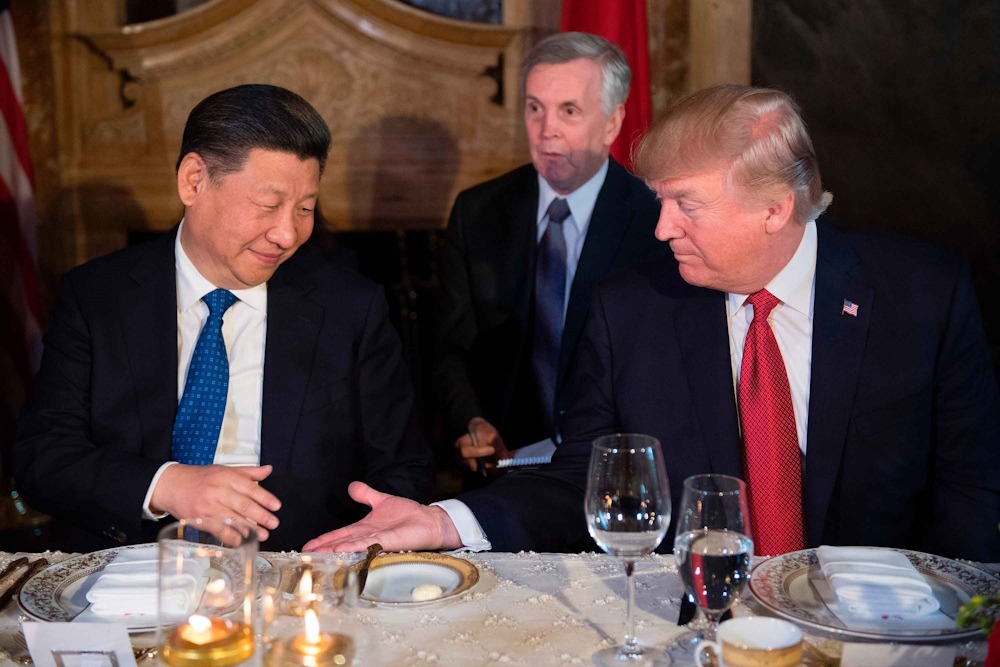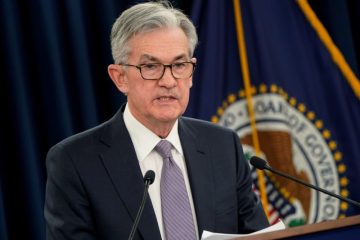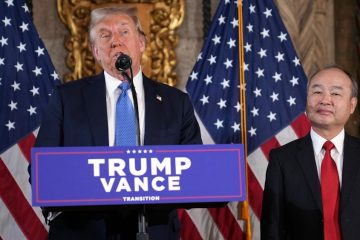To what extent will Trump implement tariffs?

Investors are facing a significant uncertainty in the upcoming presidential election: Donald Trump’s ambitious proposal to substantially raise tariffs. During a recent speech, Trump reaffirmed his strong support for imposing new tariffs. He specifically stated his intention to impose tariffs ranging from 10 to 20 percent on countries that he believes have been taking advantage of the United States for an extended period of time.
Multiple studies from experts on Wall Street have consistently cautioned that Trump’s proposed initiatives have the potential to significantly impede economic development while simultaneously increasing consumer costs. However, there is a significant disagreement on the potential actions that the previous president may undertake with tariffs if he were to secure a second term.
This analysis examines how investors are attempting to comprehend Trump’s trade policies and the potential implications for financial markets.
At first glance, Trump is suggesting a drastic restructuring of U.S. tariff policy, surpassing the extent of his actions during his initial four-year term in the White House. In 2018, Trump implemented tariffs on over $380 billion worth of imports, primarily from China, as reported by the Tax Foundation.
The Biden administration retained the majority of those tariffs and imposed supplementary duties on around $18 billion worth of Chinese imports. However, Democrats have not shown their support for implementing further tariffs in the ongoing election. Trump, on the other hand, has supported a system of “universal baseline tariffs” that his campaign website describes as a way to incentivize home production. Trump has proposed implementing tariffs at a rate of 10%, with the generated cash being used towards reducing the deficit or funding new tax cuts.
In other locations, Trump has expressed his willingness to endorse tariffs of no less than 60% on imports from China in order to diminish commerce with the second-largest economy in the world.
According to Wolfe Research, a stock-market research organization, the average effective tariff, which is calculated as the proportion of duties to imports, is approximately 1% for imports from countries other than China, and 11% for imports from China. Tariffs are imposed on domestic enterprises that import products, not on foreign countries. Economists assert that these enterprises typically transfer the majority of the expense to consumers through price increases.
It is widely acknowledged that implementing universal tariffs in the short-term will result in increased consumer costs and hinder economic growth. This is because such tariffs effectively impose taxes on people, which in turn discourages spending.
Nevertheless, several economists contend that the advantages experienced by specific industries, like steel manufacturers, may be counterbalanced by the disadvantages seen by other sectors, such as automakers who are compelled to pay higher prices for steel. Countries implementing retaliatory tariffs may have a negative impact on exporting enterprises.
According to analysts at TD Securities, implementing a 10% uniform tariff would result in a 0.6 to 0.9 percentage point increase in inflation. When combined with Trump’s intentions to limit immigration, experts estimate that the tariffs would result in a decrease in economic growth of 1 to 2 percentage points, which may potentially push the country into a recession.
Several economists have reached comparable predictions. Standard Chartered has projected that Trump’s tariff policies will result in a 1.8% increase in costs over a span of two years.
The consensus among economists is that tariffs would result in an immediate surge in consumer prices, but not sustained inflation. Consequently, the Federal Reserve may disregard the initial effect on inflation, although several analysts speculate that it could prompt the central bank to reduce interest rates at a slower pace.
The prior tariffs implemented by Trump have both micro and macroeconomic impacts on the stock market. The automakers’ shares were adversely affected by his declarations to levy duties on Mexican imports, particularly those with production facilities located in close proximity to the border. Analysts assert that the implementation of tariffs by the individual in question had a wider impact on the stock market in 2018, since it generated a sense of anxiety regarding the future state of the economy.
Currently, Wall Street is once again assessing the possible beneficiaries and casualties of Trump’s initiatives.
Jefferies analysts have suggested that increased tariffs may benefit steel manufacturers like Cleveland Cliffs and U.S. Steel by deterring imports from overseas rivals, but might negatively impact importers such as Lululemon Athletica and Best Buy by reducing their profit margins. Primarily, however, investors are primarily concerned with the possible overall economic impact of Trump’s tariff proposals due to their extensive scope and magnitude.
According to Wolfe Research, Trump’s tariff plans would have a greater negative impact on the economy compared to the Democratic plans of allowing tax cuts for higher-income households to expire by the end of 2025. The reason for this is that the proposed tax rise would have a greater impact, particularly on lower and middle-income households, who are more responsive to changes in expenses.
However, numerous investors doubt that Trump would actually increase tariffs to the extent that he has pledged. Instead, they are more certain that he would prolong tax cuts and decrease regulations on businesses, particularly if Republicans also secure control of Congress. This has the potential to result in a modest recurrence of the events saw in 2016, when a Republican victory led by Trump caused a significant surge in stock prices.
From a pragmatic standpoint, it is rather straightforward for a president to increase tariffs. One has the power to independently increase taxes on certain imports for various reasons, such as when a country breaches U.S. trade regulations. Consequently, the majority of analysts are of the opinion that Trump would face minimal difficulty in increasing taxes on Chinese imports, considering China’s trade practices.
There is widespread doubt that he would be able to enforce a universal 10% tariff without the backing of Congress, based on current legislation. According to Andy Laperriere, the head of U.S. policy research at Piper Sandler, Trump might adopt a strategy of placing tariffs on imports from other countries, using the most suitable legal reason for each case. This method is commonly referred to as “flood the zone.”
While several analysts do not anticipate Trump taking any actions that would significantly disrupt the stock market, others argue that Trump’s claims regarding the stock market’s performance during his first term were more opportunistic than indicative of his actual intentions.
Additionally, Trump has garnered increased support from fellow Republicans who align with his stance on trade. This newfound backing may propel him to surpass his previous achievements.
“During his second term, he will be surrounded by individuals who either share his views on tariffs or have accepted the fact that he will continue to implement them,” Laperriere stated.




